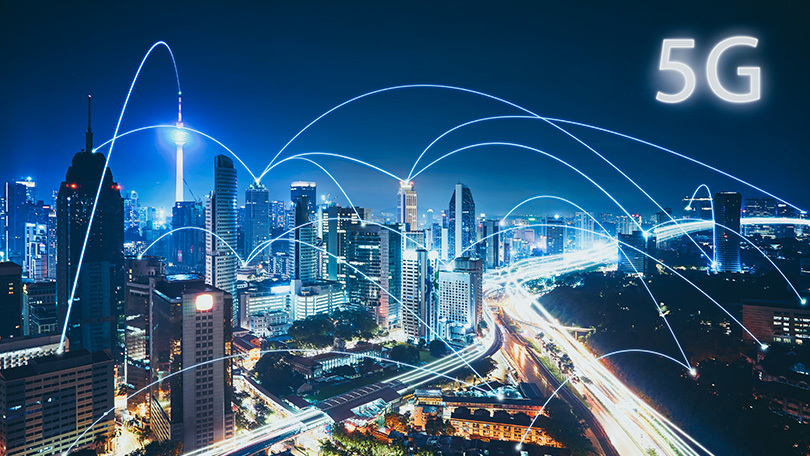
The continued growth of 5G networks across the world has led to infrastructure revenue hitting huge new highs, according to new figures.
The latest research from Gartner has found that worldwide 5G network infrastructure revenue is set to total $19.1 billion in 2021 – a 39% increase from last year.
The analyst firm noted that 5G made up 39% of the total global wireless infrastructure revenue in 2021 as the pandemic saw huge demand for fast and reliable connectivity to help assist with working from home.
5G investment
Gartner noted that as investment in 5G has increased, interest and investment in the older 4G, LTE, 3G and 2G networks – what it calls “legacy wireless generations” – has rapidly tailed off around the world.
Revenue from LTE and 4G infrastructure is forecast to hit $14.5bn in 2021, down from $17.1bn in 2020, with 3G and 2G revenues also set to fall from $3.1bn in 2020 to $1.9bn this year.
As more and more workers begin to return to offices after the pandemic, the need for a smooth transition and reliable connectivity should mean 5G networks only continue to grow.
The report adds that it believes this growth will mean 5G coverage will reach 60% of major “Tier-1” cities by 2024 as the demand for smart cities, homes and offices continues to skyrocket.
Communications service providers (CSPs) will be able to benefit from this increase to offer a range of network services that get the most out of 5G, including passive optical network (PON) – a previously neglected technology that is seeing a resurgence due to its low cost and high bandwidth.
“The COVID-19 pandemic spiked demand for optimised and ultrafast broadband connectivity to support work-from-home and bandwidth-hungry applications, such as streaming video, online gaming and social media applications,” said Michael Porowski, senior principal research analyst at Gartner.
“Business and customer demand is an influencing factor in this growth. As consumers return to the office, they will continue to upgrade or switch to gigabit fibre to the home (FTTH) service as connectivity has become an essential remote work service.”

